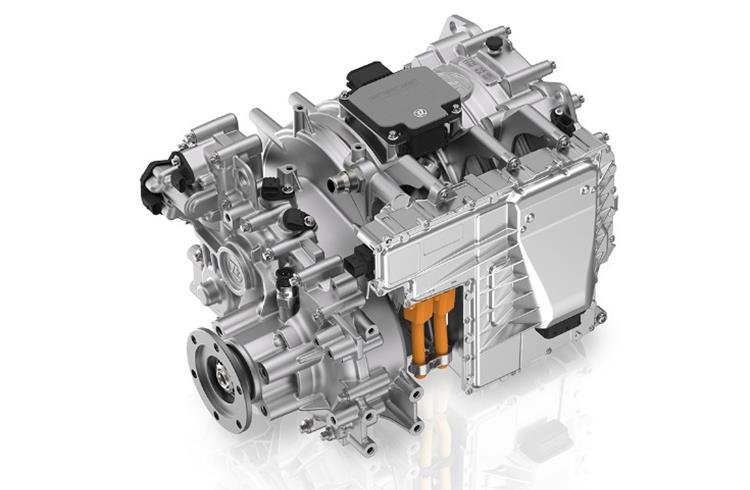Simplify Your Lease Return Process: Essential Tips
Understanding the Lease Return Process
Returning a leased car can be a daunting task, but with the right knowledge and preparation, it doesn’t have to be. Before diving in, it’s crucial to understand the lease return process. Familiarize yourself with the terms of your lease agreement, including any mileage limits, wear and tear guidelines, and potential fees for excessive wear or damage. This understanding will help you navigate the return process more effectively and avoid any surprises along the way.
Timing Is Key
Timing plays a crucial role in the lease return process. Start planning well in advance of your lease expiration date to avoid any last-minute rush or confusion. Most lease agreements specify a window of time during which you can return the vehicle without incurring additional fees. Aim to schedule your return within this timeframe to ensure a smooth transition. Additionally, consider contacting the leasing company or dealership ahead of time to confirm their specific return procedures and requirements.
Preparation and Inspection
Before returning your leased car, take the time to prepare it for inspection. Thoroughly clean both the interior and exterior, addressing any stains, odors, or damage that may have occurred during the lease term. Consider scheduling a pre-inspection with the leasing company or dealership to identify any potential issues beforehand and address them accordingly. Taking proactive steps to ensure the car is in good condition will help minimize any unexpected charges upon return.
Understanding Wear and Tear Guidelines
Most lease agreements include guidelines for acceptable wear and tear on the vehicle. While some wear is considered normal and expected, excessive wear and damage may result in additional charges at the time of return. Familiarize yourself with these guidelines and assess the condition of your leased car accordingly. Address any minor issues, such as scratches or dents, before returning the vehicle to avoid potential fees. Keep in mind that repairs done by authorized service providers may be more cost-effective than paying fees for excess wear and tear.
Managing Mileage Limits
Exceeding the mileage limit specified in your lease agreement can result in hefty charges at the time of return. As your lease expiration date approaches, take stock of your current mileage and estimate your remaining driving needs accordingly. If you anticipate exceeding the mileage limit, consider options such as purchasing additional miles or exploring alternatives to minimize excess mileage charges. Planning ahead can help you avoid unpleasant surprises and manage your lease return more effectively.
Documentation and Paperwork
Completing the necessary documentation and paperwork is an essential step in the lease return process. Gather all relevant documents, including the original lease agreement, vehicle registration, and any maintenance records. Review the return checklist provided by the leasing company or dealership to ensure you’ve completed all required tasks and addressed any outstanding issues. Double-check that you’ve removed all personal belongings from the vehicle and returned any accessories or equipment provided at the time of lease inception.
Communication with the Leasing Company
Open and clear communication with the leasing company or dealership is key to a successful lease return experience. If you have any questions or concerns about the return process, don’t hesitate to reach out for clarification. Discuss any potential issues or discrepancies upfront to avoid misunderstandings later on. Keep records of all communication, including emails, phone calls, and written correspondence, for reference purposes.
Finalizing the Return
Once you’ve completed all necessary steps and preparations, it’s time to finalize the lease return. Schedule an appointment with the leasing company or dealership to return the vehicle and complete the required paperwork. Accompany the vehicle during the final inspection to address any concerns or discrepancies in person. Review the final return documents carefully and ensure that all terms and conditions have been met before signing off on the return.
Exploring End-of-Lease Options
As you approach the end of your lease term, take the time to explore your end-of-lease options. Depending on your preferences and circumstances, you may choose to return the vehicle, purchase it outright, or lease a new car. Evaluate the pros and cons of each option and consider factors such as your budget, driving needs, and future plans. Exploring your options ahead of time will help you make an informed decision that best suits your individual situation. Read more about tips for returning a leased car











